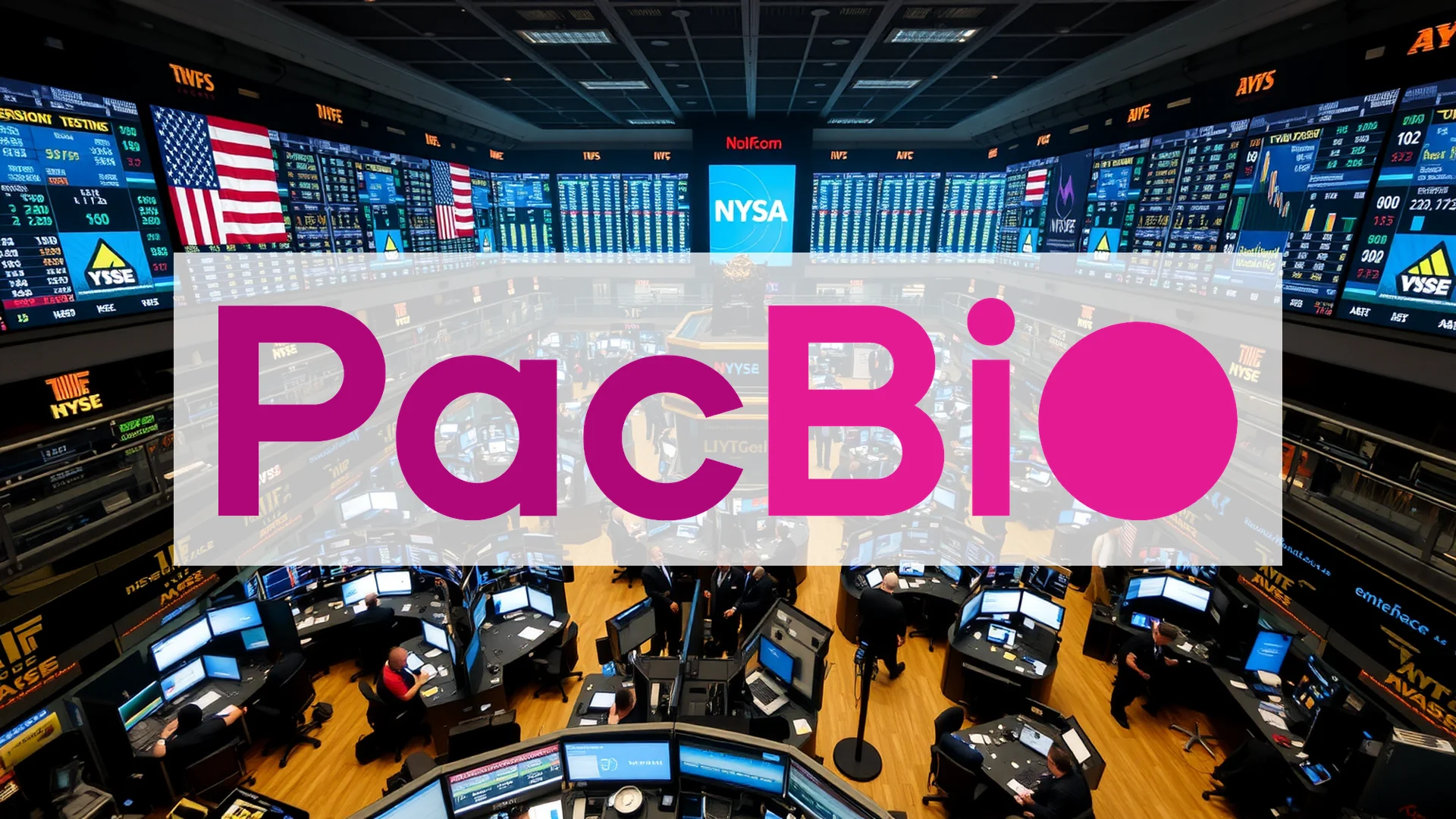The ride-hailing pioneer Uber is simultaneously confronting challenges across multiple operational theaters. As the company aggressively expands its delivery services, regulatory mandates in Kenya are forcing substantial fare increases, while a developing antitrust case in the United States looms on the horizon. The central question for investors is whether Uber can successfully steer through these turbulent conditions or faces another significant setback.
Antitrust Shadows and Sustainability Moves
Mixed news emerges from New York’s legal landscape. Although Uber is not a direct defendant in a recent antitrust lawsuit, the allegations leveled against competitors, including Curb Mobility and Creative Mobile Technologies, could have indirect repercussions for the company. The suit accuses the firms of price-fixing and engaging in anti-competitive practices—a familiar theme from Uber’s own past legal confrontations.
Concurrently, the company is advancing its environmental and service diversification goals. In Johannesburg, Uber launched South Africa’s first electric vehicle fleet through a partnership with Valternative Energy. Meanwhile, in India, the company is trialing an innovative training program designed to qualify its drivers as tourist guides, adding a new dimension to its service offerings.
Kenyan Regulations Squeeze Mobility Revenue
While Uber expands in the U.S., it faces severe regulatory pressure in Kenya. The government has mandated a sharp 50 percent increase in per-kilometer pricing—a direct response to widespread driver protests. This compulsory measure is expected to place considerable strain on Uber’s mobility revenues within the East African nation.
This development highlights a fundamental challenge for ride-hailing platforms globally: balancing fair driver compensation with affordable customer pricing. In this instance, the Kenyan authorities have decisively sided with the drivers, forcing a major operational adjustment.
Should investors sell immediately? Or is it worth buying Uber?
Delivery Expansion Ahead of the Holidays
Uber is pushing the diversification of its delivery business with significant momentum. Just before the critical holiday shopping season, the corporation has integrated well-known brands such as PacSun, Camping World, and Lush into its applications. The underlying strategy is evident: Uber aims to transform from a pure-play food delivery service into a multi-category provider. The addition of fashion, outdoor equipment, and beauty products is intended to broaden its portfolio and unlock new revenue streams.
This foray into various retail segments underscores Uber’s heavy reliance on its delivery operations to reduce dependency on the volatile ride-hailing market.
Will the Diversification Strategy Succeed?
Recent developments paint a picture of a company in transition. The delivery business expansion is intended to generate fresh growth momentum, while regulatory adaptations and sustainability initiatives aim to secure long-term stability. However, the stock’s performance reflects underlying market uncertainty. After a strong start to the year, Uber’s shares are currently in a downward trend and have retreated significantly from their November peak.
The pivotal question remains: Can Uber execute its delivery offensive successfully enough to offset the pressures from regulatory challenges and legal uncertainties? The upcoming quarterly earnings reports will reveal whether the “all-in-one provider” strategy is paying off—or if Uber is spreading its efforts too thin.
Ad
Uber Stock: Buy or Sell?! New Uber Analysis from November 26 delivers the answer:
The latest Uber figures speak for themselves: Urgent action needed for Uber investors. Is it worth buying or should you sell? Find out what to do now in the current free analysis from November 26.
Uber: Buy or sell? Read more here...










